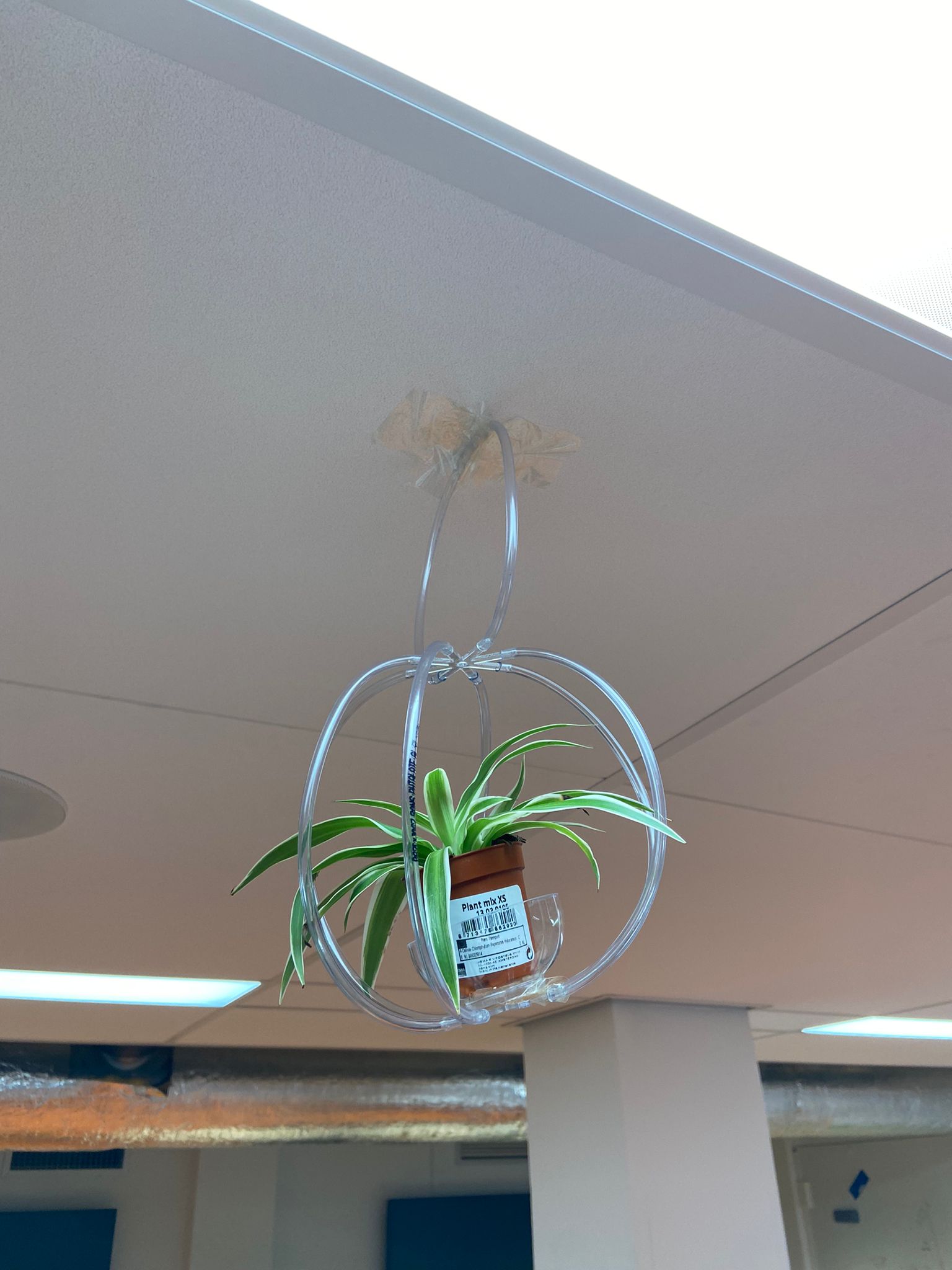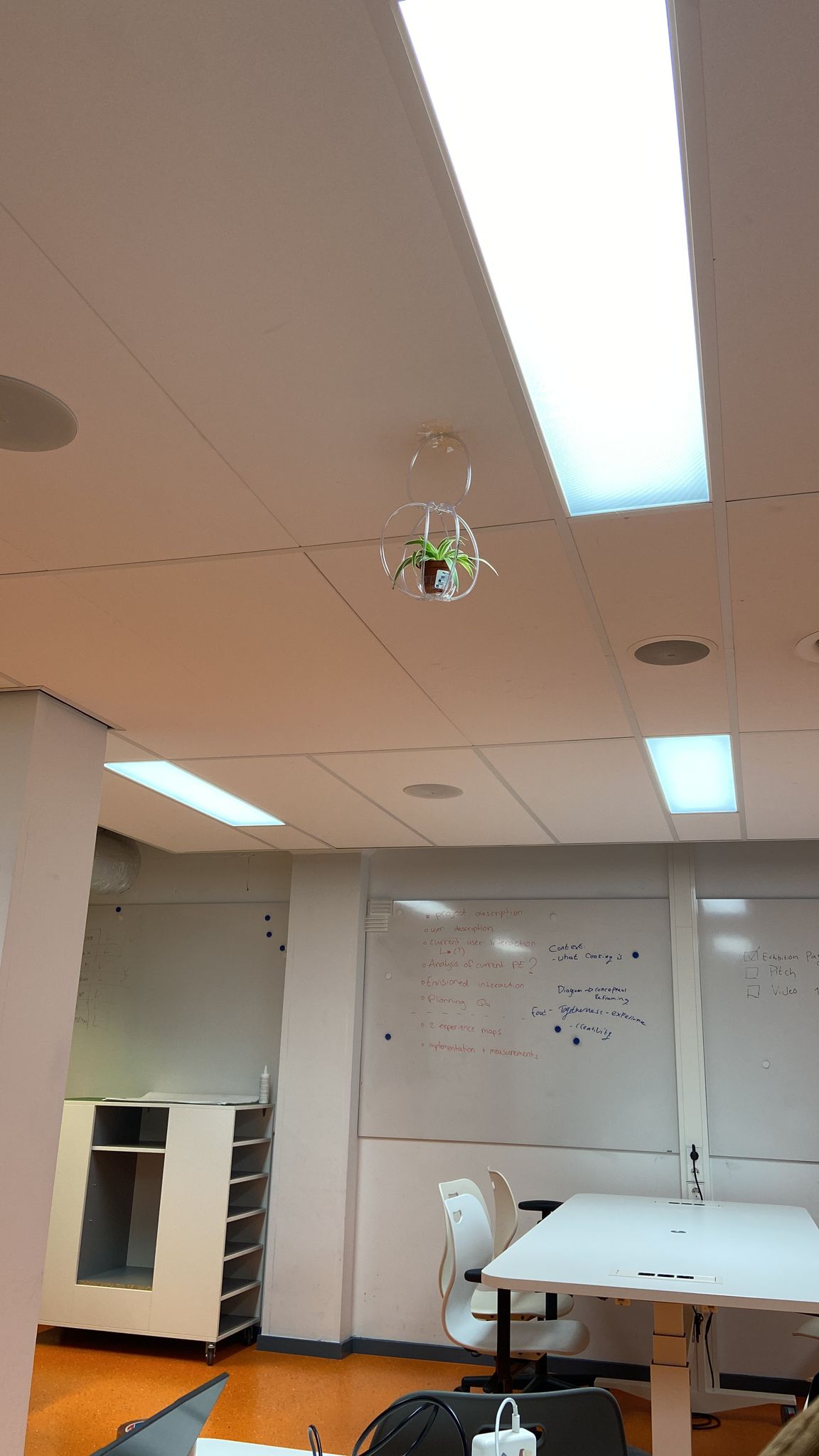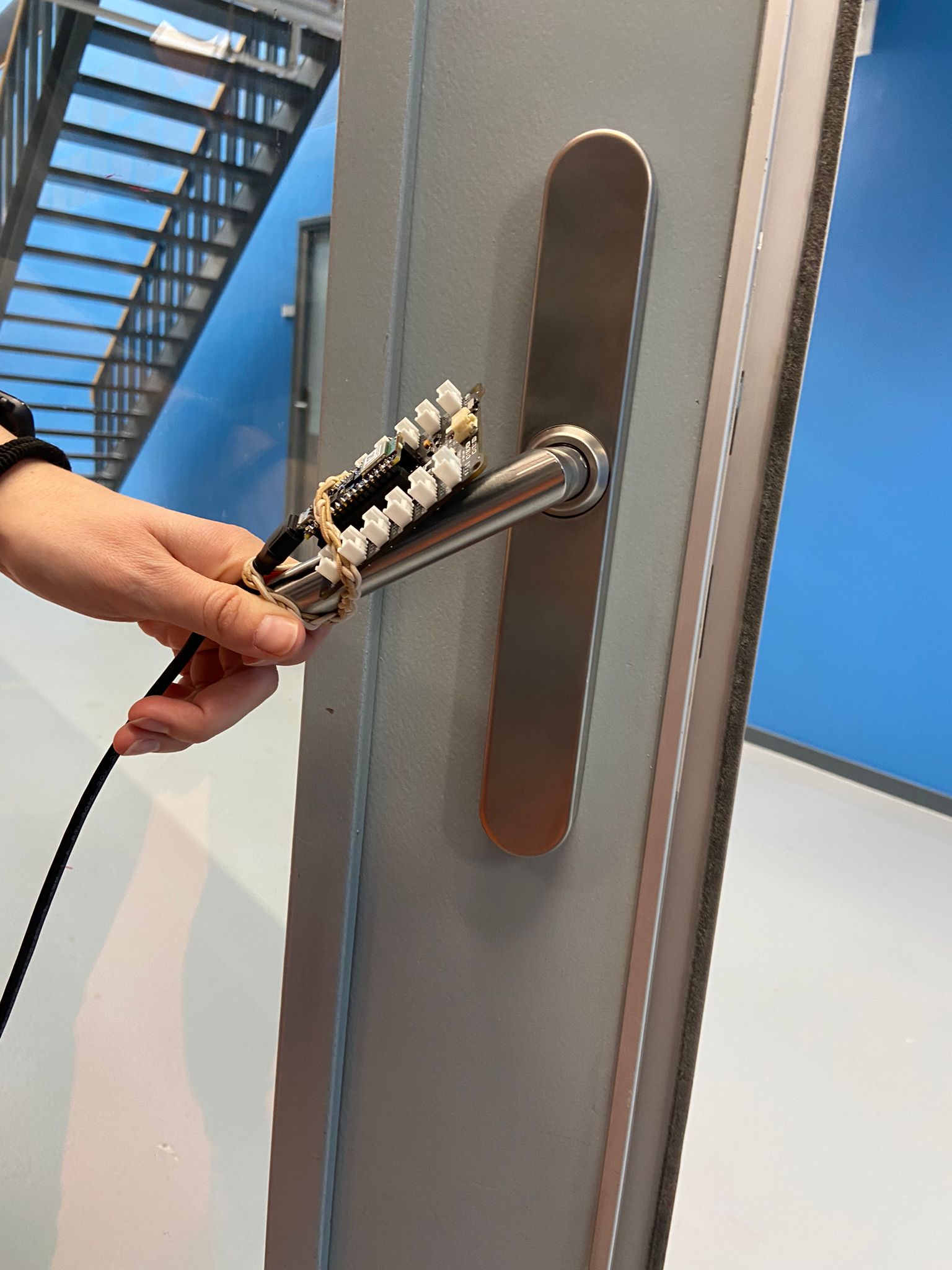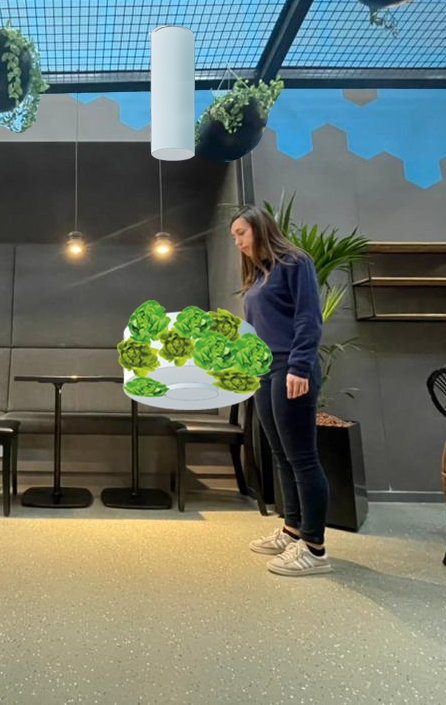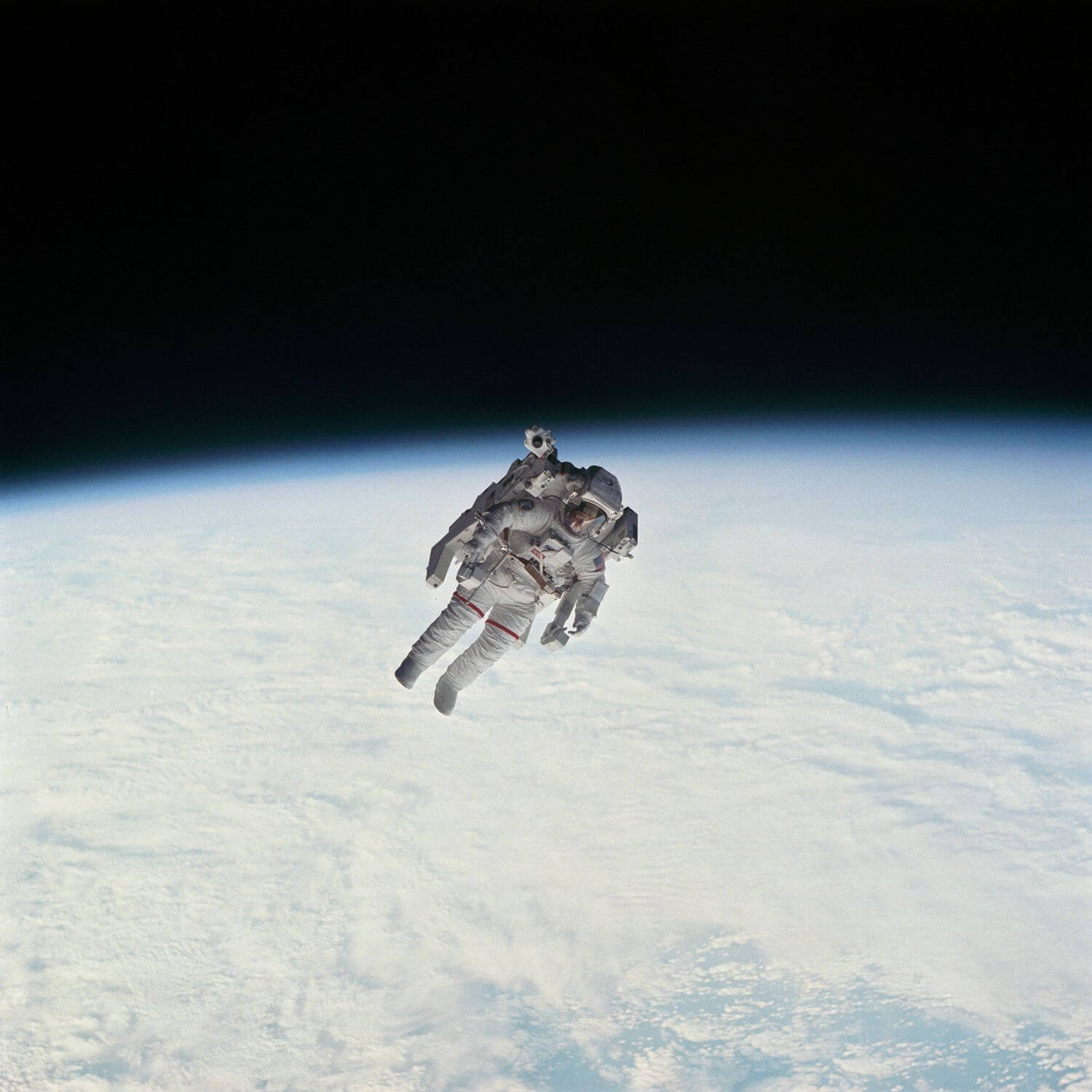
Exhibition 1_Page Group 10
| Team number |  Group 10 Group 10 |
|---|---|
| Students | Renske KaaijkLaura Franco 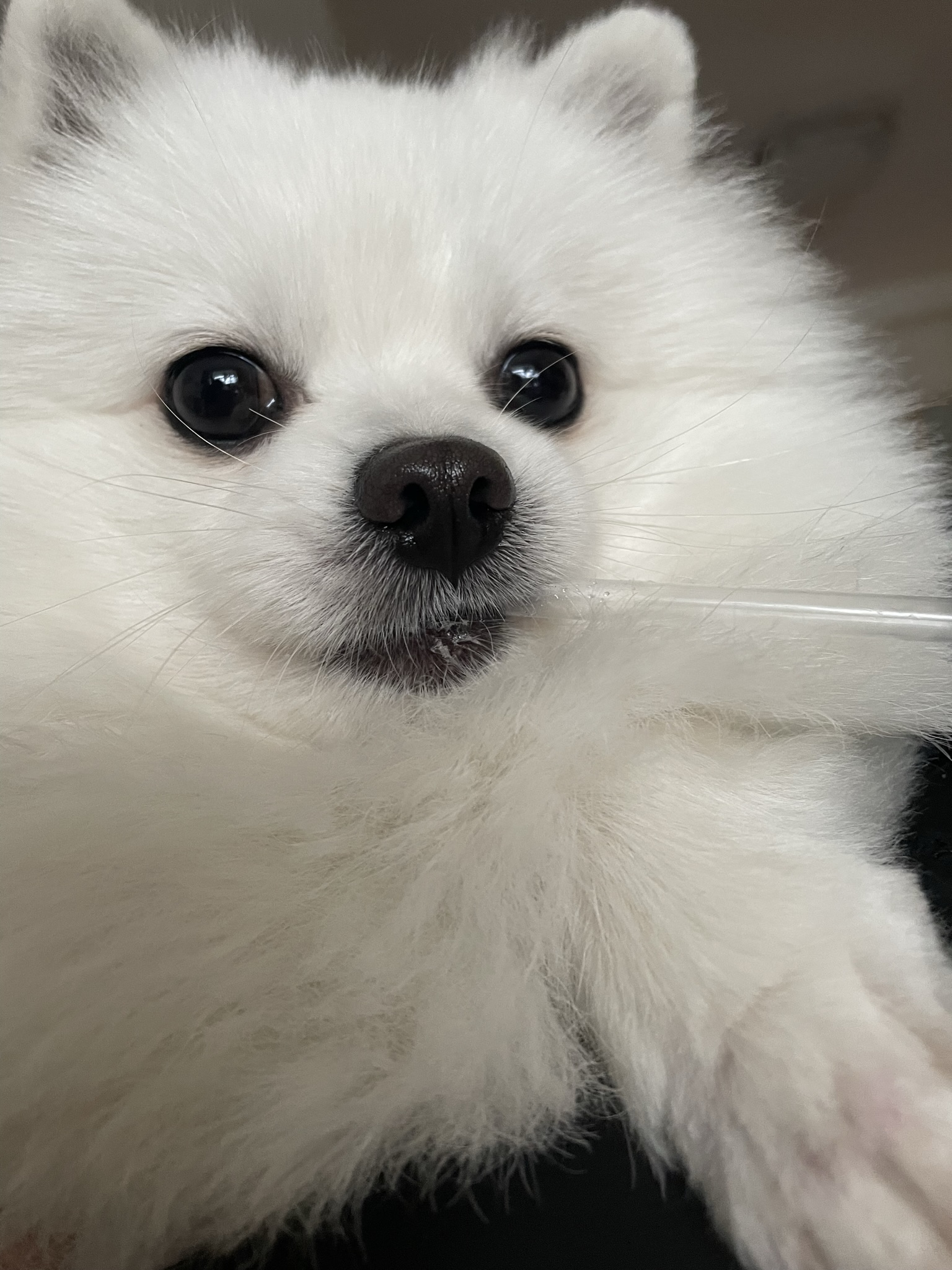 Yun Yun |
| Coach | ????Iohanna Nicenboim |
| Brief | Braun |
| Keywords | |
| Exhibition link | |
| Status | In progress |
| One liner! | |
| Link to video |
?Vegetable capsules
What if in 10 years you had to live and cook in a tiny space?
Have you ever wondered about how our houses will look like in the future? We did!
?Abstract
It has been noted how people would behave differently in space versus on earth. When people think of space they are more likely to think that up there the resources are limited and they are willing to live more circular, but actually also earth?s resources are limited.
Until now we have been used to live in welcoming environments with sufficient resources for everyone but this will change in the future. Living in a tiny space, either in the city or on a piece of land, will be necessary as the population continues to grow, and there will be many areas unsuitable for living due to climate change. In addiction, the fields for planting vegetables will be less and less. Thus, we will start to appreciate sharing and we will be more open to growing our own food. But how will we do it in a tiny space?
How are we going to grow our own vegetables in a tiny space in the 2030?
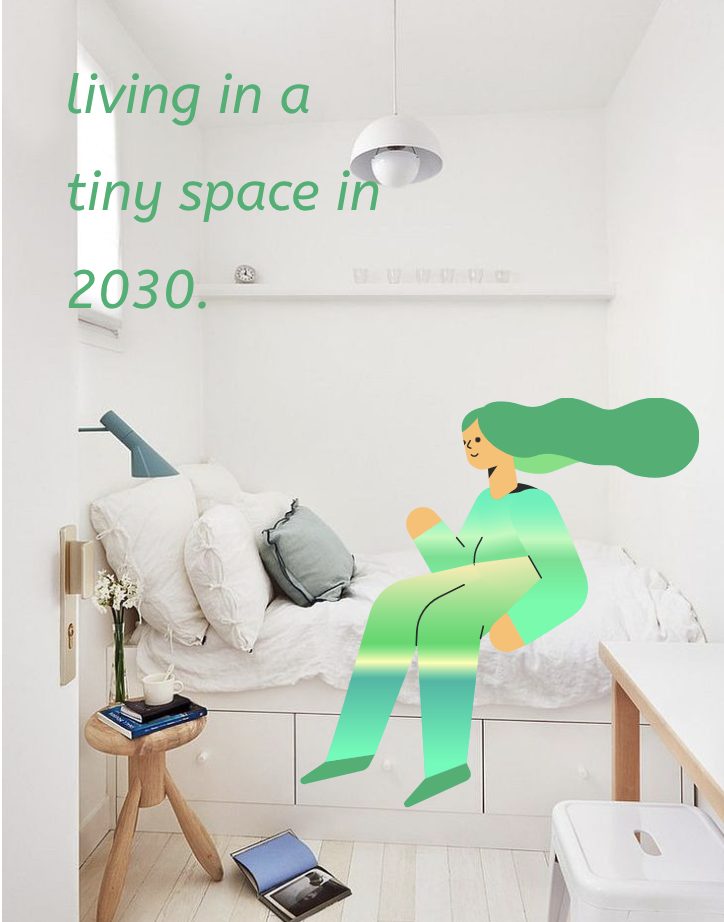
?Progress

First idea
In the first week our concept was focused on helping users grow vegetables by letting an AI system fix what is going wrong. We quickly realized ourselves that in order to let people appreciate the act of growing food themselves, they need to know what kind of effort goes into growing food. In addition to this, we do not want AI to take over our abilities. At the end of the week, we prototyped our first idea. In this idea we wanted to let users know when their plant was doing well or not. We used the teachable machine technology in combination with p5 to make a system that recognizes whether a plant is healthy or dying from the image.
Second iteration
In the second week we used voice flow in combination with a LED, that lights up green when the plant is doing well and lights up red when the plant is not doing well. The user can learn what to do when asking voiceflow what is wrong. We also switched from the typical outdoors vegetable garden to an indoors future concept because we believe people will be living in tiny spaces and not everybody has the room outside to grow vegetables there.
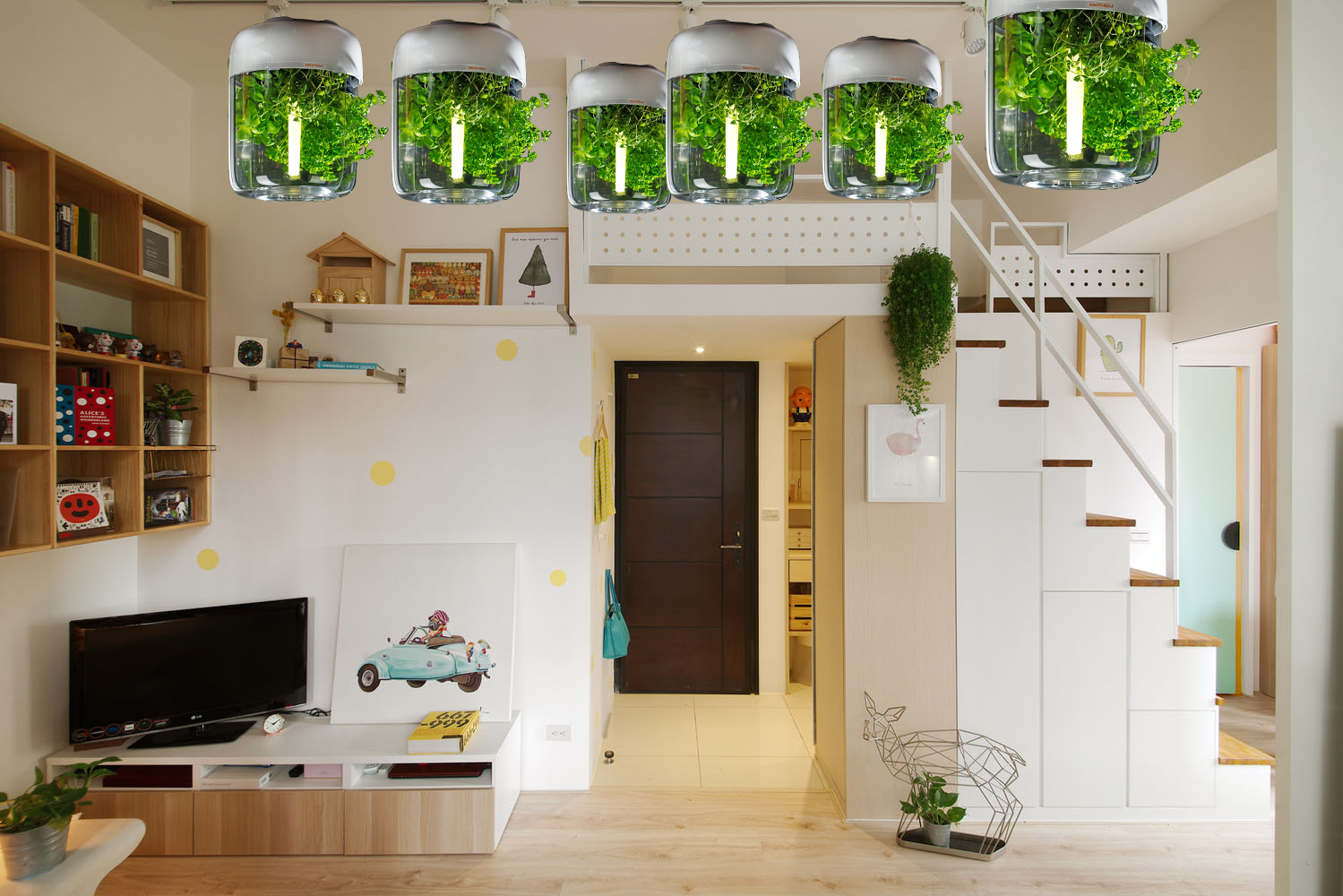
After testing this second prototype with another group, we learned that a plain red or green signal is not enough to help the user understand what is going on. Our ultimate goal is to make the user independent in growing their own food, to achieve this, they will need more information to learn about vegetables.
Third iteration
In the third week we wanted to prototype an actuator for our AI system. We choose a motion sensor that would activate the AI system when a door is opened. We learned that there are a lot of possibilities to activate an AI system. To not scare people away and still keep them motivated we might need to find a language that is subtle. (More subtle than the voice flow).
?Concept
As we said above in a future scenario we might have to live in tiny space, Vegetable Capsules is a project that wants to make the best use of space in our future houses. It aims to help people grow vegetables in the air making full use of different height levels in rooms and common spaces. We wondered about how can AI help people to grow their plants without replacing people?s knowledge? One way we envision it could do it is by supporting people in collecting data to share between communities or showing them how the plant would be if they would take more care of it.
With Capsule, users, will be able to:
? grow plants,
?? recycling food waste,
? share vegetable and fruits with the community
Scenario
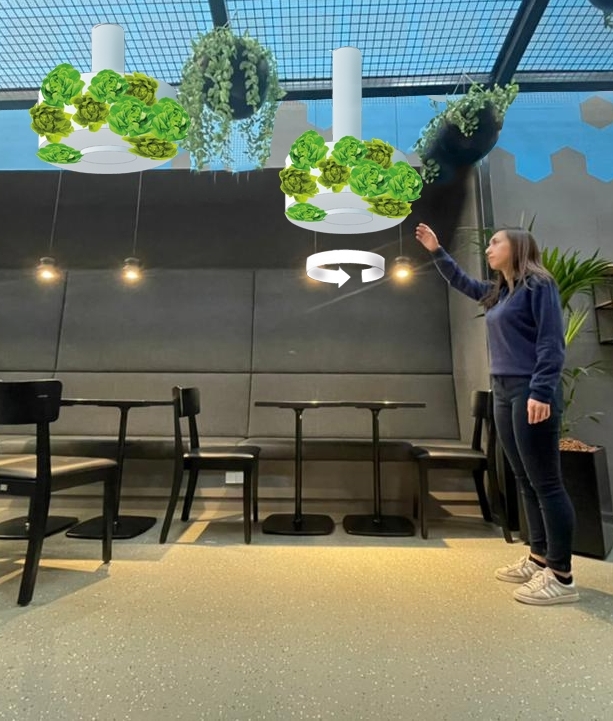
When vegetables need some attention the capsule will hang lower. The capsule can be detached for taking care of the vegetables or taking a closer look.
When vegetables are ready, it might be the case you have to much to eat on your own. You can than share your vegetables with others by looking at the map. On the map people in need of vegetables and people that can give you vegetables are shown.
The interaction between the user and the device will be possible thanks to:
?? Voice Assistant: we designed a voiceflow thanks to which the users will communicate with the vegetable Capsule and will be informed about their plants? health
? Movement recognition: the vegetable Capsule will be aware about the presence of the users in the room thanks to sensors able to observe surrounding area
? Visual and ? Sound signal: will make the interaction between Capsule and users easy and stimulating
Video
We made a video to show one aspect that demonstrates how it will help you to grow your own vegetable!
?What is next?
What we want to include but have not yet explored yet is the use of waste in our concept. We are thinking about using green waste as fertilizer.
We want to keep exploring possible interactions with our concept and keep in mind that it needs to teach the users how to grow vegetables, value sharing their vegetables and the planet.
.jpeg)

